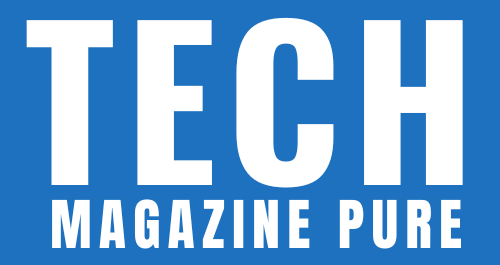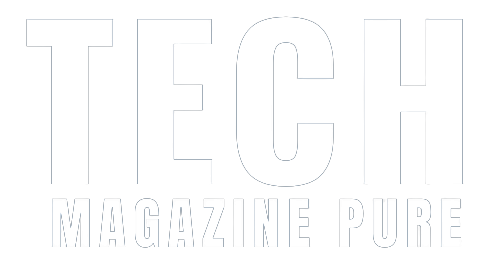In the world of welding, where the fusion of metals transforms ideas into structures and products, the welding rod plays a pivotal but often overlooked role. The welding rod, also known as an electrode, is a fundamental component in various welding processes, and its selection can significantly influence the quality and strength of a weld. In this article, we will explore the significance of welding rod, their types, and their essential role in welding.
The Basics of Welding Rod
A welding rod is a thin, cylindrical metal rod typically made of materials compatible with the base metals being joined. It serves multiple functions during the welding process:
- Conductor of Electricity: Welding rods conduct electric current from the welding machine to the workpiece. This current generates the heat necessary to melt the base metals and create a fusion bond.
- Source of Filler Material: In many welding processes, the rod also acts as a source of filler material. As the rod melts, it provides additional material to fill gaps and create a strong, continuous weld joint.
- Gas or Flux Source: Depending on the welding process, the rod may contain flux, a substance that shields the weld from atmospheric contamination, removes impurities, and stabilizes the arc. In other cases, shielding gas is used to provide protection.
Read Also: Exploring the Enchanting Allure of Joseon Dynasty’s Beauty Secrets
Types of Welding Rods
Welding rods come in various types, each designed for specific welding processes and materials:
- Stick Electrodes: Stick welding, or Shielded Metal Arc Welding (SMAW), employs consumable stick electrodes with a flux coating. These rods are versatile and widely used in construction, repair, and maintenance.
- MIG Wire: In Gas Metal Arc Welding (GMAW) or MIG (Metal Inert Gas) welding, a continuous wire electrode is used along with a shielding gas. MIG wires are suitable for automotive, manufacturing, and structural welding.
- TIG Rods: Tungsten Inert Gas (TIG) welding employs non-consumable tungsten electrodes. Separate filler material is typically added to the weld joint as needed, making TIG rods ideal for precision welding in industries like aerospace and electronics.
- Flux-Cored Wire: Flux-cored arc welding (FCAW) uses tubular wire electrodes filled with flux. These electrodes offer excellent penetration and are often used in heavy fabrication and construction.
Read Also: Navigating the Digital Waves The Rise of Digital Marketing Agencies in Atlanta
The Importance of Choosing the Right Rod
Selecting the correct welding rod is crucial for achieving a strong, reliable weld. Key considerations include:
- Base Metal Compatibility: The rod’s material must match or be compatible with the base metals being joined to ensure a reliable bond.
- Welding Process: Different welding processes require specific types of electrodes. SMAW, GMAW, and TIG welding, for example, each demand different types of rods.
- Application: Consider the intended use of the weld, as some applications require high strength, while others prioritize appearance or corrosion resistance.
- Electrode Diameter: The diameter of the electrode affects the heat input and weld bead size. Smaller diameters are often used for thinner materials and precision work, while larger diameters are suitable for thicker metals.
The welding rod may be a small and seemingly insignificant component in the welding process, but its role is undeniably crucial. The selection of the right welding rod influences the quality, strength, and durability of the final weld. Whether it’s a stick electrode, MIG wire, TIG rod, or flux-cored wire, the welding rod serves as the bridge between imagination and creation, transforming raw materials into functional structures and products through the power of fusion. In the hands of skilled welders, the welding rod becomes an instrument of precision and artistry, joining metals with precision and purpose.


